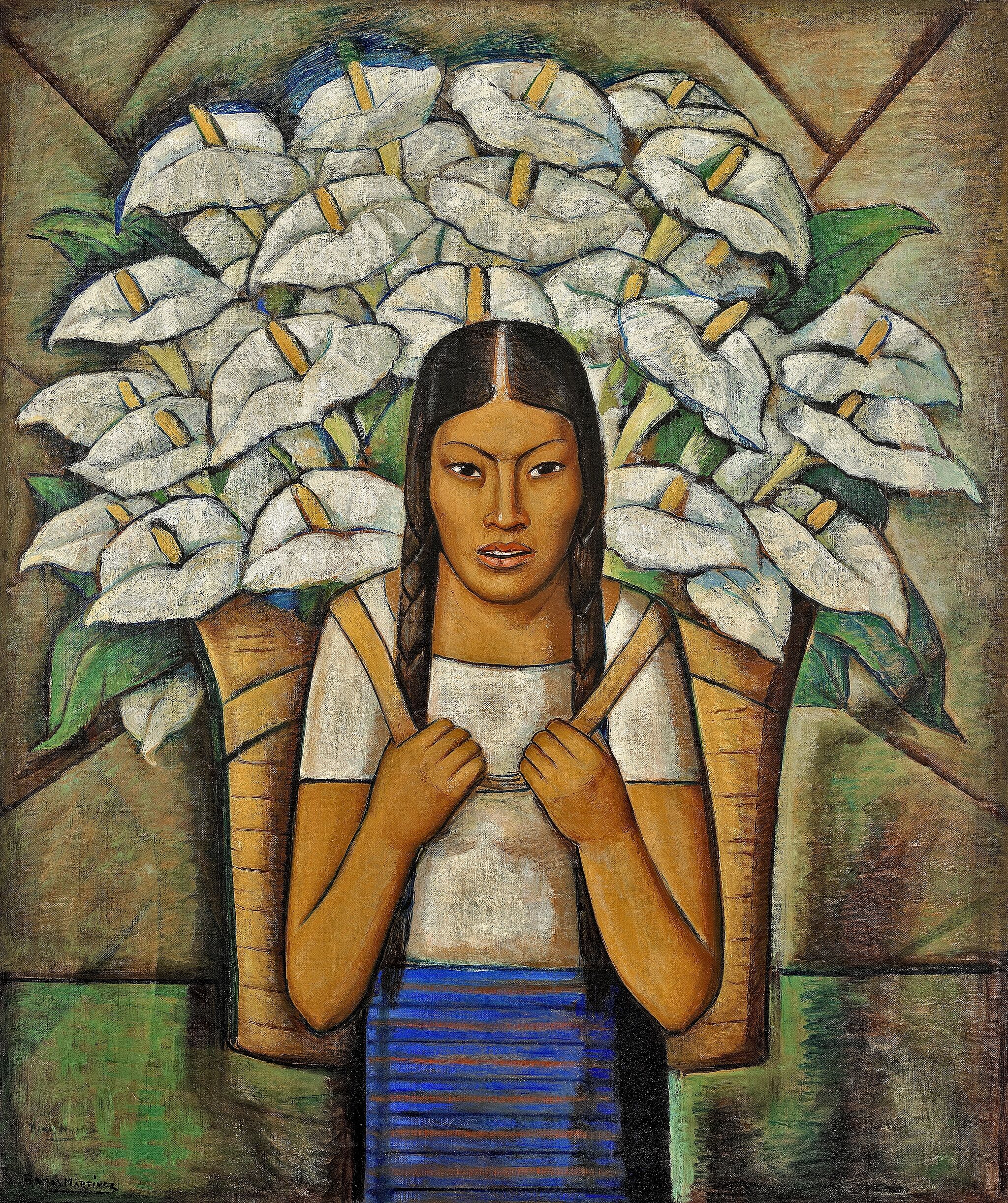David Alfaro Siqueiros, Proletarian Victim, 1933
Jan 22, 2020
0:00
David Alfaro Siqueiros, Proletarian Victim, 1933
0:00
Narrator: David Alfaro Siqueiros based this difficult image on a photograph taken during Japanese occupation of Manchuria. Siqueiros was one of the most politically radical of the muralists. As a committed communist, he saw capitalism as an international problem, whose victims were everywhere. Yet as artist Vincent Valdez argues, it’s hard not to see this painting in a specifically Mexican context.
Vincent Valdez: I can’t help but see that this female portrait reveals more of an Indigenous presence. It’s important to remember that artists like Siqueiros at that moment in time—even in countries like his homeland of Mexico in the 1930s, 1940s—the presences of the identities and the images of the Indigenous were almost entirely erased, just like they were in America.
Narrator: Siqueiros believed that artists could only change the world by using new techniques.
Vincent Valdez: I can’t help but acknowledge his use of these rich, beautiful, lush skin tones that almost radiate off of this golden body. To me, it’s one of the first times the art world, or the world in general, was witnessing this. He was changing, he was doing something with lighting on these bodies that I think was pretty revolutionary. He somehow figured out a way to create a palette that depicts almost a nuclear radiance, modern fluorescent light on his figures. And that to me is something that’s so powerful, because it’s his way of saying, this may be our past, but our past is present today as it ever was.

